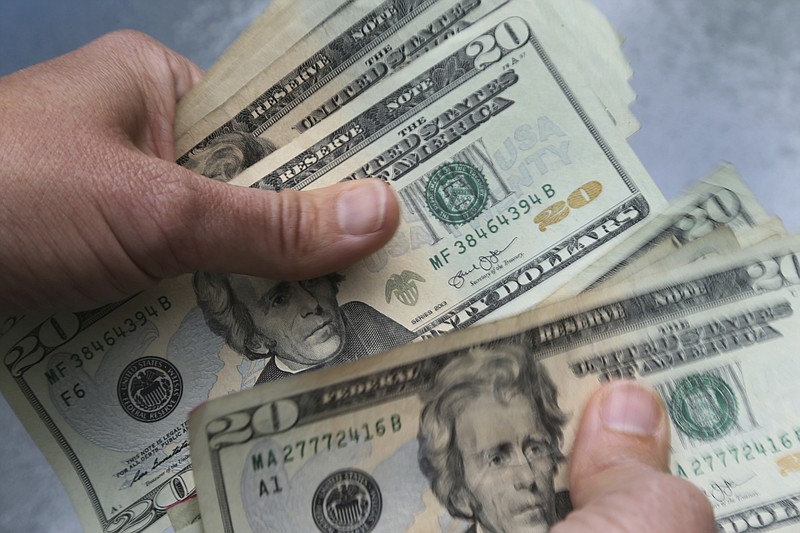The consumer price index rose 0.8% between March and April, the highest single-month increase since June 2009, as well as its highest year-over-year increase -- 4.2% -- since September 2008.
The figures released May 12 by the Bureau of Labor Statistics also showed other increases. The "core CPI," which looks at all items excluding food and energy, rose by 0.9% in April compared with March, according to a news release.
"That is a large month-to-month increase," said John Anderson, economist with the University of Arkansas System Division of Agriculture and the Dale Bumpers College of Agricultural, Food and Life Sciences. "In fact, it the largest monthly increase in core CPI since April 1982."
However, food and energy made some interesting moves too. The April index for food was a bit higher than the previous month, up 0.4%.
"This represents an acceleration in prices from the last few months, but it is obviously far below the unprecedented spikes in food prices that occurred in April through June last year during the height of the pandemic," Anderson said May 13.
On the energy side, the index for gasoline fell by 1.4% in April compared with March after four consecutive months of sharp increases -- including a 9.1% month-over-month increase from February to March.
"This supports the argument that the recent run-up in fuel prices was driven by a convergence of temporary factors," Anderson said. "It remains to be seen how this month's East Coast pipeline hacking will translate into retail gasoline prices for May, but it clearly is not going to do anything to keep them down."
The 1980s
If the news video clips of gas shortages have some people flashing back to the energy crises of 1970s, the jump in the consumer price index may have others harkening back to the early 1980s, when inflation ran to double digits and the world's economy stumbled through a recession.
However, Anderson cautions that this is not 1982.
"Any time inflation figures invite comparisons with the 1980s, people get understandably concerned," he said. "It is important to recognize, though, that a month or two of price increases does not necessarily make an inflation spiral."
Availability of covid-19 vaccines seems to have opened doors for consumers.
"Consumers are resuming more normal life: eating out, traveling, spending on things that they couldn't or didn't spend on during the pandemic," Anderson said. "Those are overall positive developments, and the price pressure of this readjustment is likely to be temporary and manageable.
"This is certainly not an argument for complacency -- nobody wants a replay of the early 1980s -- but it is a pretty good case for not panicking," he said.
To find this report, https://www.uaex.uada.edu/life-skills-wellness/health/covid19/5-13-20210-CPI-Anderson.pdf, and other details visit https://bit.ly/3bpqiaA.
To learn about extension programs in Arkansas, contact a local Cooperative Extension Service agent or visit www.uaex.uada.edu. For details on the Division of Agriculture research, visit the Arkansas Agricultural Experiment Station website: https://aaes.uark.edu.
Follow the agency on Twitter at @AgInArk, @uaex_edu or @ArkAgResearch.
